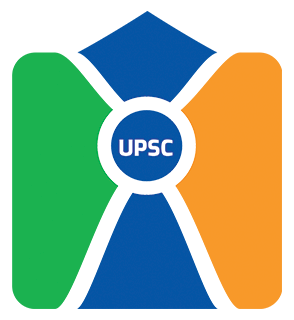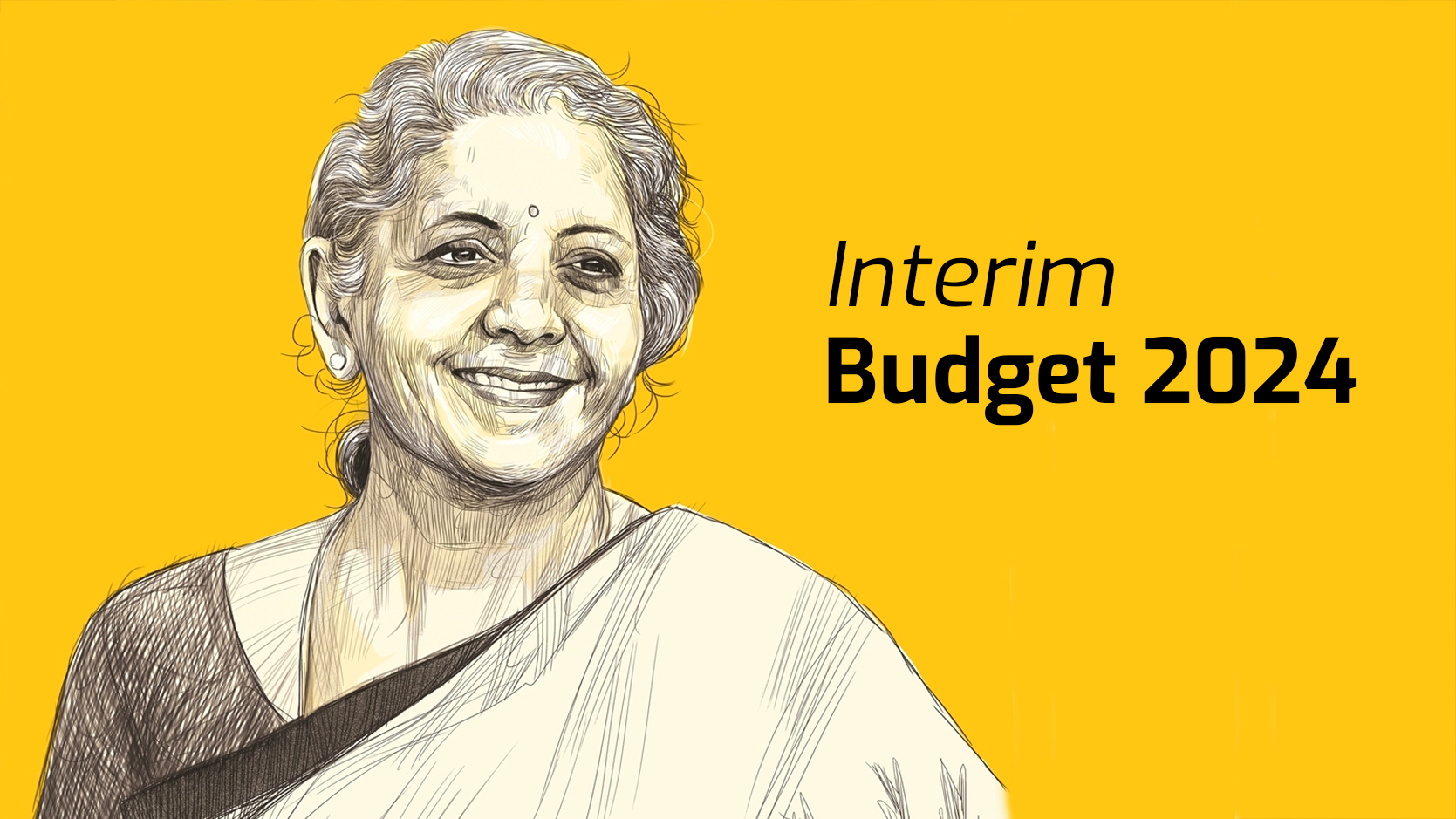UPSC Maths Syllabus: Choosing the appropriate optional subject can have a big impact on your exam results and study plan. Therefore, you must be fully informed if you plan to take Mathematics as an optional subject for the UPSC CSE Exam.
500 of the 1750 possible marks in the Mains exam are awarded for the combined score of the optional Mathematics Paper I and Paper II. Because it accounts for a sizeable amount of the marks in the UPSC Main Examination, selecting an optional topic is crucial.
Although it’s a popular choice, those with a background in mathematics are best suited. Continue reading this guide for in-depth details on the UPSC Mathematics Optional syllabus, study advice, suggested reading lists, and much more.
UPSC Maths Syllabus Overview
The purpose of the UPSC Mathematics Optional syllabus is to assess candidates’ knowledge of diverse mathematical ideas and their capacity to use such ideas to solve problems. The following is the syllabus for Papers I and II:
UPSC Maths Syllabus for Paper 1
The syllabus for the UPSC Mathematics Optional Paper I includes topics like analytical geometry, calculus, linear algebra, and ordinary differential equations. The capacity of candidates to apply mathematical concepts to solve problems and their comprehension of those concepts are evaluated. The syllabus for Paper I is as follows:
|
UPSC Maths Syllabus for Paper 1
|
| Linear Algebra |
- Vector spaces over R and C, linear dependence and independence, subspaces, bases, dimensions, Linear transformations, rank and nullity, matrix of a linear transformation.
- Algebra of Matrices; Row and column reduction, Echelon form, congruence and similarity; Rank of a matrix; Inverse of a matrix; Solution of system of linear equations; Eigenvalues and eigenvectors, characteristic polynomial, Cayley-Hamilton theorem, Symmetric, skew-symmetric, Hermitian, skew-Hermitian, orthogonal and unitary matrices and their eigenvalues.
|
| Calculus |
- Real numbers, functions of a real variable, limits, continuity, differentiability, mean-value theorem, Taylor’s theorem with remainders, indeterminate forms, maxima, and minima, asymptotes; Curve tracing; Functions of two or three variables; Limits, continuity, partial derivatives, maxima and minima, Lagrange’s method of multipliers, Jacobian.
- Riemann’s definition of definite integrals; Indefinite integrals; Infinite and improper integrals; Double and triple integrals (evaluation techniques only); Areas, surface, and volumes.
|
| Analytic Geometry |
- Cartesian and polar coordinates in three dimensions, second-degree equations in three variables, reduction to Canonical forms; straight lines, shortest distance between two skew lines, Plane, sphere, cone, cylinder, paraboloid, ellipsoid, hyperboloid of one and two sheets and their properties.
|
| Ordinary Differential Equations |
- Formulation of differential equations; Equations of the first order and first degree, integrating factor; Orthogonal trajectory; Equations of first order but not of the first degree, Clairaut’s equation, singular solution.
- Second and higher-order linear equations with constant coefficients, complementary functions, particular integrals, and general solutions.
- Section order linear equations with variable coefficients, Euler-Cauchy equation; Determination of complete solution when one solution is known using the method of variation of parameters.
- Laplace and Inverse Laplace transforms and their properties, Laplace transforms of elementary functions. Application to initial value problems for 2nd order linear equations with constant coefficients.
|
| Dynamics and Statics |
- Rectilinear motion, simple harmonic motion, motion in a plane, projectiles; Constrained motion; Work and energy, conservation of energy; Kepler’s laws, orbits under central forces.
- Equilibrium of a system of particles; Work and potential energy, friction, Common catenary; Principle of virtual work; Stability of equilibrium, equilibrium of forces in three dimensions.
|
| Vector Analysis |
- Scalar and vector fields, differentiation of vector field of a scalar variable; Gradient, divergence, and curl in cartesian and cylindrical coordinates; Higher order derivatives; Vector identities and vector equation.
- Application to geometry: Curves in space, curvature, and torsion; Serret-Furenet’s formulae.
- Gauss and Stokes’ theorems, Green’s identities.
|
UPSC Maths Syllabus for Paper 2
Numerical analysis, algebra, real analysis, complex analysis, and linear programming are all included in the UPSC Mathematics Optional Paper II syllabus. It is required of candidates to show mastery of sophisticated mathematical ideas and methods for addressing problems related to these subjects. View the entire syllabus by clicking the link below:
|
UPSC Maths Syllabus for Paper 2
|
| Algebra |
- Groups, subgroups, cyclic groups, cosets, Lagrange’s Theorem, normal subgroups, quotient groups, homomorphism of groups, basic isomorphism theorems, permutation groups, Cayley’s theorem.
- Rings, subrings and ideals, homomorphisms of rings; Integral domains, principal ideal domains, Euclidean domains, and unique factorization domains; Fields, quotient fields.
|
| Real Analysis |
- Real number system as an ordered field with least upper bound property; Sequences, limit of a sequence, Cauchy sequence, completeness of real line; Series and its convergence, absolute and conditional convergence of series of real and complex terms, rearrangement of series. Continuity and uniform continuity of functions, properties of continuous functions on compact sets.
- Riemann integral, improper integrals; Fundamental theorems of integral calculus.
- Uniform convergence, continuity, differentiability, and integrability for sequences and series of functions; Partial derivatives of functions of several (two or three) variables, maxima and minima.
|
| Complex Analysis |
- Analytic function, Cauchy-Riemann equations, Cauchy’s theorem, Cauchy’s integral formula, power series, representation of an analytic function, Taylor’s series; Singularities; Laurent’s series; Cauchy’s residue theorem; Contour integration.
|
| Linear Programming |
- Linear programming problems, basic solution, basic feasible solution, and optimal solution; Graphical method and simplex method of solutions; Duality.
- Transportation and assignment problems.
|
| Partial Differential Equations |
- Family of surfaces in three dimensions and formulation of partial differential equations; Solution of quasilinear partial differential equations of the first order, Cauchy’s method of characteristics; Linear partial differential equations of the second order with constant coefficients, canonical form; Equation of a vibrating string, heat equation, Laplace equation, and their solutions.
|
| Numerical Analysis and Computer Programming |
- Numerical methods: Solution of algebraic and transcendental equations of one variable by bisection, Regula-Falsi, and Newton-Raphson methods, solution of a system of linear equations by Gaussian Elimination and Gauss-Jordan (direct), Gauss-Seidel (iterative) methods.
- Newton’s (forward and backward) and interpolation, Lagrange’s interpolation.
- Numerical integration: Trapezoidal rule, Simpson’s rule, Gaussian quadrature formula.
- Numerical solution of ordinary differential equations: Euler and Runga Kutta methods.
- Computer Programming: Binary system; Arithmetic and logical operations on numbers; Octal and Hexadecimal Systems; Conversion to and from decimal Systems; Algebra of binary numbers.
- Elements of computer systems and concept of memory; Basic logic gates and truth tables, Boolean algebra, normal forms.
- Representation of unsigned integers, signed integers and reals, double precision reals, and long integers.
- Algorithms and flow charts for solving numerical analysis problems.
|
| Mechanics and Fluid Dynamics |
- Generalised coordinates; D’Alembert’s principle and Lagrange’s equations; Hamilton equations; Moment of inertia; Motion of rigid bodies in two dimensions.
- Equation of continuity; Euler’s equation of motion for inviscid flow; Stream-lines, path of a particle; Potential flow; Two-dimensional and axisymmetric motion; Sources and sinks, vortex motion; Navier-Stokes equation for a viscous fluid.
|
UPSC Mathematics Optional Exam Pattern
Paper I and Paper II, the two exams that make up the Mathematics Optional exam, each have 250 marks, for a total of 500 exam marks. For each paper, candidates must complete the questions in a maximum of three hours. The format of a question paper looks like this:
|
UPSC Mathematics Optional Exam Pattern
|
| Particular |
Details |
| Mains Paper |
Paper VI and Paper VII |
| Subjects |
Mathematics Optional Paper-I and Mathematics Optional Paper-II |
| Total Marks |
500 (250 Each) |
| Time allowed |
3 Hours for each paper |
| Sections |
Section A and Section B |
| Questions |
Total 8 questions with subparts |
| Marks Distribution |
10, 15, and 20 marker questions |
UPSC Mathematics Exam Tips
Math Optional preparation necessitates a methodical and concentrated approach. The following crucial advice will help you with your preparations:
- Make sure you fully comprehend the syllabus and rank the topics according to importance and your areas of strength.
- Use reputable textbooks and expert-recommended study materials to create a solid foundation.
- Regular problem-solving practice will increase accuracy and speed.
- To become familiar with the format of the exam and time management, solve past years’ question papers, and take practice exams.
- Editing is essential. To help you remember important ideas, take brief notes and edit frequently.
- Get comfortable with theorem proofs. Prove and derive from the beginning. Theorem proofs may be requested by examiners, particularly for Paper II.
UPSC Mathematics Optional Books
To adequately cover the syllabus for the UPSC Mathematics Optional, applicants should consult reputable books and study tools. The optional booklist for UPSC Mathematics is as follows:
|
UPSC Mathematics Optional Books
|
| Paper I |
Paper II |
| Dynamics, Statics, and Hydrostatics – M. Ray |
Linear Programming & Theory of Games – SD Sharma |
| Differential Calculus – Shanti Narayan, PK Mittal |
Algebra – K C Prasad, KB Datta |
| Analytic Geometry – Shanti Narayan, DK Jha, HC Sinha and Sharma |
Complex Analysis – GK Ranganath |
| Linear Algebra – K.C. Prasad, K B Datta |
Mechanics & Fluid Dynamics – Azaroff Leonid, AP Mathur, Mechanics by Krishna Series |
| Differential equations:- Golden series – NP Bali |
Introductory Methods of Numerical Analysis – SS Sastry |
| Vector Analysis – Shanti Narayan, PK Mittal |
Ordinary & Partial Differential Equation – M.D. Raisinghania |
| “Higher Algebra” by Hall & Knight |
Real Analysis – H.L Royden |
| Statics Krishna Series, Dynamics by Krishna Series |
|
Array





